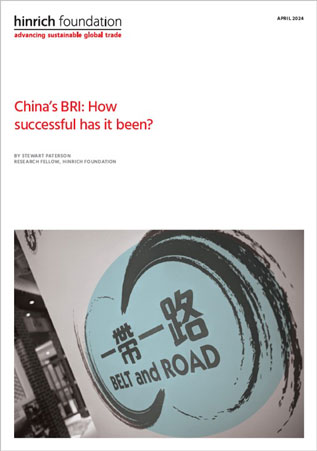Published 09 April 2024
China’s BRI, a cornerstone of its ‘China Dream’, has emerged as a focal point of global discourse, raising questions about its efficacy and implications. While BRI has strengthened China's presence in the Global South, lingering concerns persist regarding its overall effectiveness.
Assessing the success of BRI requires a comprehensive examination of its financial investments, opportunity costs and its role in augmenting China’s global influence.
Over the past decade, China's substantial increase in overseas assets, coupled with significant expenditure on industrial subsidies, amounts to an estimated cost of roughly 1.5% of Chain’s gross domestic product (GDP) annually. When factoring indirect financial costs, such as international subsidies and geopolitical tensions, this conservative estimate increases to approximately 1.7% of GDP.
Despite BRI's success in reshaping global trade dynamics and enhancing China's footprint in the global South, it has also triggered geopolitical pushback and skepticism from Western powers. The shifting attitudes toward China among Western elites, alongside China's continued economic reliance on democratic nations, cast doubt on the long-term efficacy of BRI in fulfilling China's strategic goals.
In light of this complexity, Stewart Paterson suggests that other global powers must carefully weigh the perceived benefits of BRI against its substantial costs and geopolitical ramifications when formulating their policy responses.
© The Hinrich Foundation. See our website Terms and conditions for our copyright and reprint policy. All statements of fact and the views, conclusions and recommendations expressed in this publication are the sole responsibility of the author(s).





